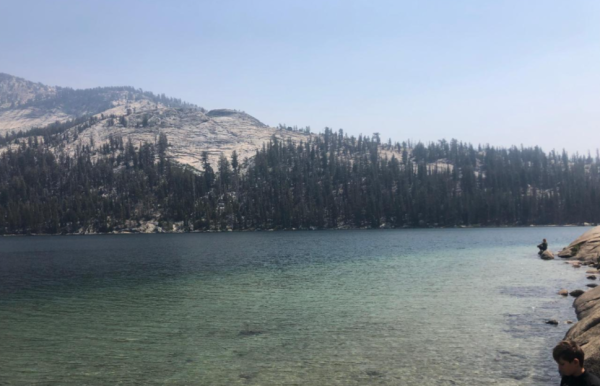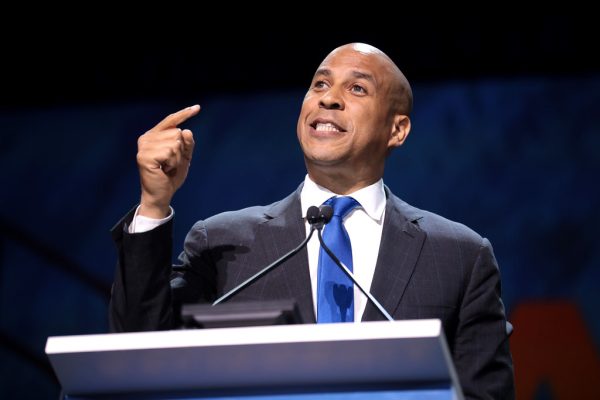#AustraliaIsBurning
A rather infamous part of Australia’s bizarre fauna, the koala population of Australia is at grave risk during these fires. The creatures are slow-moving and find it hard to escape from oncoming flames. In New South Wales, the home of thousands of koalas, an estimated 8,000 bears have been lost to the blaze. Australia’s environmental minister, Sussan Ley explains that “It may well be up to 30 percent of the population in that region [was killed], because up to 30 percent of their habitat has been destroyed.”
You’ve seen it all over your Instagram. The countless stories and tags, the artists’ posts and heartbreaking documentaries, it’s a never-ending stream.
The infamous Australian wildfires have been ravaging the continent for months, burning over 16 million acres and leaving thousands of people and creatures in danger, risking the wondrous continent’s thriving ecosystem.
Over 27 casualties have been reported, not including the estimated 1 billion animals that have died.
1 billion deaths.
It seems unreal, impossible, and unrealistic. But in all honesty, it may not even be the true count.
Chris Dickman, an expert in biodiversity at the University of Sydney estimates that “Over a billion would be a very conservative figure.” These creatures are either dying directly in the blaze, or from the destruction that remains after the fire. In New South Wales, an estimated 8,000 koalas perished, a staggering third of the local population.
Animals are losing their habitats, leaving them vulnerable to bigger predators without the cover of the bush. Food sources are turning into cinders, water sources contaminated by ashes, risking both animals and humans.
Speaking of ashes, the amount of pollution created by the fire is incredible, the smoke and ash coating the continent and atmosphere above. An estimated 400 megatons of carbon have been produced as a result of the blaze, the smoke clouds traveling across the ocean to nearby New Zealand and even being sighted as far away as South America.
7NewsSydney has created a “Ciggie Index” that compares the number of cigarettes one would have to smoke in comparison to breathing in the smoke-filled air in Sydney every day. For anyone living in Sydney, the cigarette count is 19.
Australia’s ecosystem is in danger for both it’s animal and human inhabitants, and we should all be worried.
The question is—what is to blame?
Experts are still debating the true cause of the savage fires. Wildfire season is a yearly occurrence for the Australian population; however, this most recent season has hit at a rate of destruction not seen for over a decade.
Currently, there are several conclusions including arson and lightning storms, yet even with those factors, it is the climate of the land that bred the perfect conditions to keep the flames spreading.
Once again, it has come down to climate change.
Australia’s unique ecosystems have long been victims of the phenomenon, a well-known example being the Great Barrier Reef. The reef suffered through the recent heatwaves occurring as a result of ocean warming, and over half of the reef has died, leaving behind massive stretches of bleached coral skeletons and decay.
According to the Australian Bureau of Meteorology, “Australia’s climate has warmed by just over 1° C since 1910, leading to an increase in the frequency of extreme heat events…There has been a long-term increase in extreme fire weather, and in the length of the fire season, across large parts of Australia.”
Government readiness and response has been largely criticized by the public, with many calling for the Prime Minister to step down. Australia has long been the top coal and liquid natural gas exporter on the global market, and several nations are calling the country out for its lack of reforms to decrease its carbon footprint in exchange for a thicker wallet.
In general, most researchers, scientists, and ecologists agree. Natural disasters like these fires aren’t just going to go away. The more terrifying truth is that these awful events may just end up becoming the new normal in our world.
A new normal Australia shouldn’t have to accept.


![A rather infamous part of Australia’s bizarre fauna, the koala population of Australia is at grave risk during these fires. The creatures are slow-moving and find it hard to escape from oncoming flames. In New South Wales, the home of thousands of koalas, an estimated 8,000 bears have been lost to the blaze. Australia’s environmental minister, Sussan Ley explains that “It may well be up to 30 percent of the population in that region [was killed], because up to 30 percent of their habitat has been destroyed.”](https://shsleaf.org/wp-content/uploads/2020/02/tarabishi_jan15_australiaisburning_creativecommons-900x595.png)




